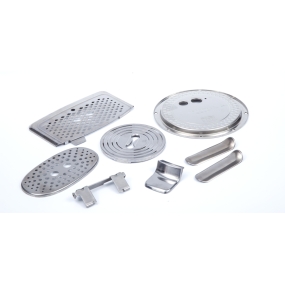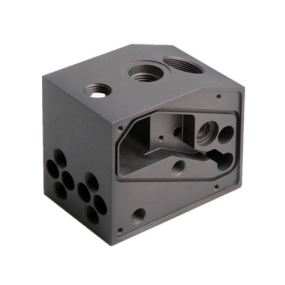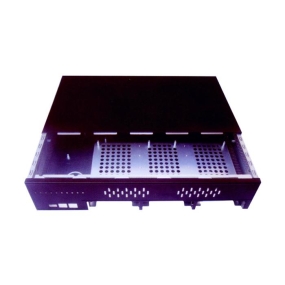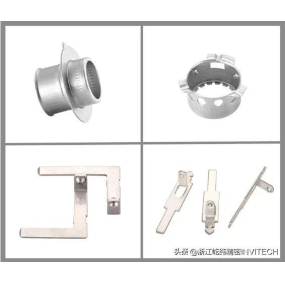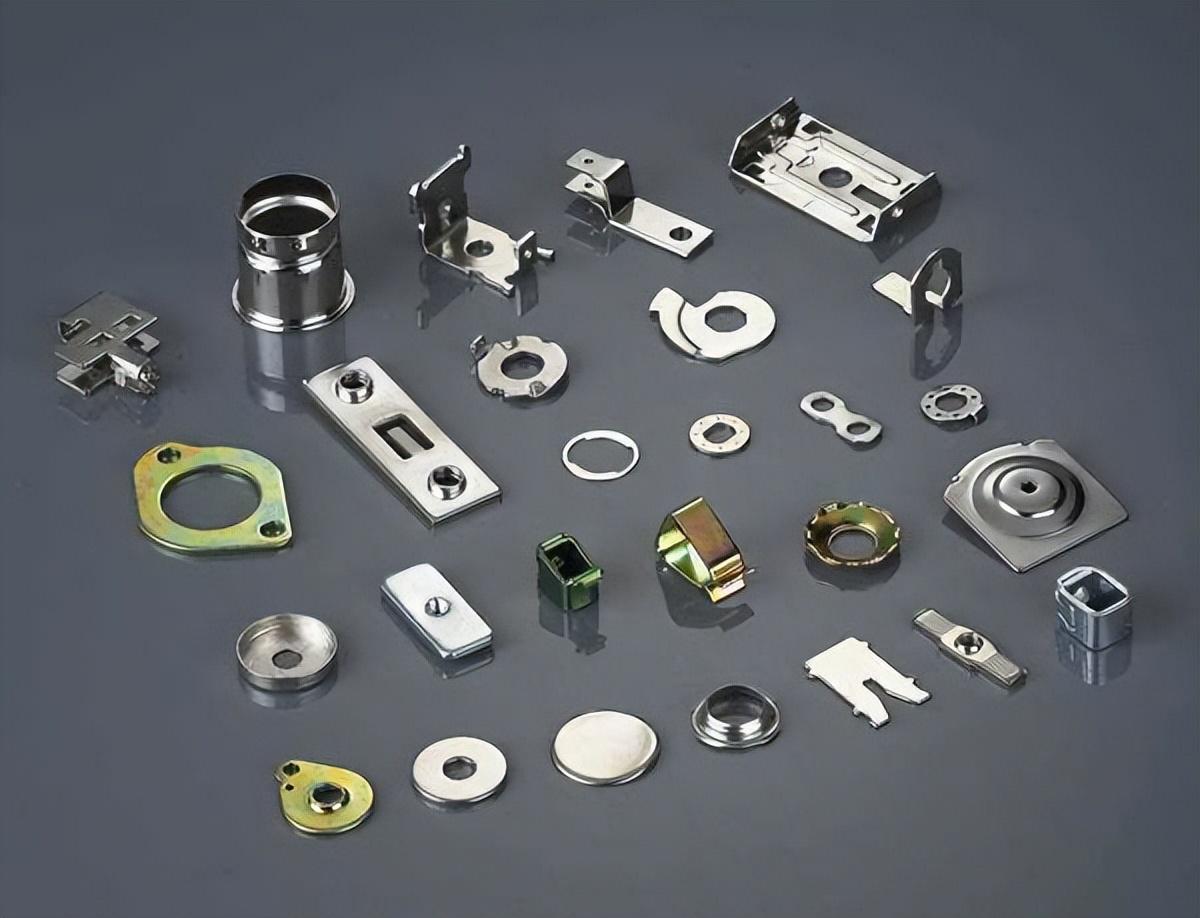
Quid est parte pulsata?
Partes claudicatae: The most commonly used part in hardware processing, refers to the molds used for steel/non-ferrous metal and other sheets at room temperature, which are formed in a specified form by providing the required pressure for processing by a press.
Including some electronic devices, automotive parts, decorative materials, etc. The stamping parts we usually refer are cold stamping parts. For example, if you want to turn an iron plate in a fast food plate, you need to design a set of molds. The working surface of the mold is the shape of the plate, and when you press the iron plate with the mold, it becomes the plate you want. This is cold stamping, which directly uses the mold to stamp the hardware material.
In vita cotidiana amplius amplius utilizatur partes et sunt etiam constituentes categoriarum procurentium in multis firmis.
Quid sunt principes procedentibus partibus imprentationis?
1. Processus separationis
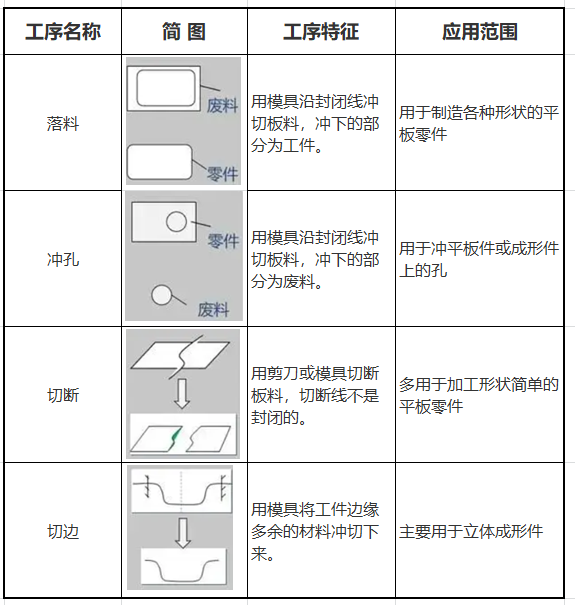
Figura 1
2-Forming process
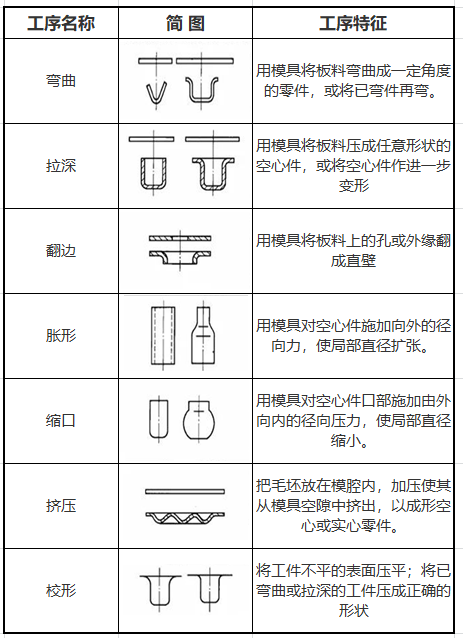 Figure 2
Figure 2
Quomodo constituere partes pulseris cogitare?
1. Empirical calculation method
To clearly calculate the cost of components, it is necessary to know the factors that affect the cost. Based on the classification of stamping parts and empirical analysis of data, the following figure shows:
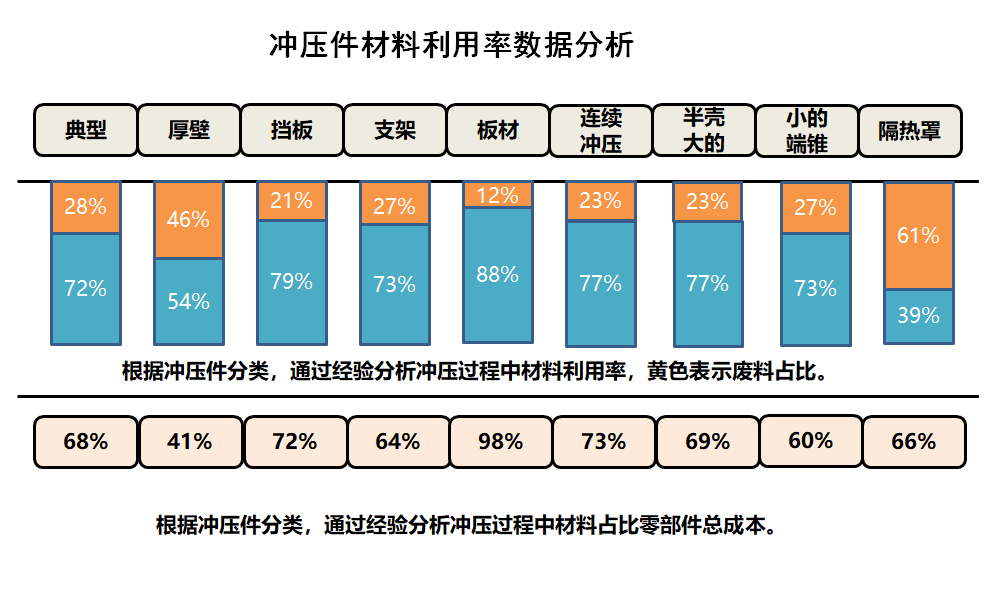 Figure 3
Figure 3
As shown in the above figure, a preliminary estimate of the price of the components requires a clear understanding of the net weight of the components in the drawings. The initial weight of the materials to be cut should be calculated based on the categories above. The material cost of the components should be determined based on the market cost of the materials. The cost of raw materials can be preliminarily calculated based on the percentage of the material cost in the above figure.
splitting method
According to Figure 1 and Figure 2 above, the machining process of the components is subdivided and studied without the need for stamping processes. Starting from the stamping and layout diagram of the components, calculate the actual material utilization rate of each component in the production process. Calculate the cost of each process based on the process of a component, plus packaging and transportation, management costs, and mold costs (usually negotiated and settled based on dimensions in the early stages of project development, or the mold costs generated are shared among the components according to 500010000).
The empirical calculation method commonly used for price estimation is sufficient, while the second method needs to consider factors such as regional labor wages, equipment models, and enterprise scale, all of which affect product prices. The impact needs to be verified and verified on site for accuracy!


 English
English Spanish
Spanish Arabic
Arabic French
French Portuguese
Portuguese Belarusian
Belarusian Japanese
Japanese Russian
Russian Malay
Malay Icelandic
Icelandic Bulgarian
Bulgarian Azerbaijani
Azerbaijani Estonian
Estonian Irish
Irish Polish
Polish Persian
Persian Boolean
Boolean Danish
Danish German
German Filipino
Filipino Finnish
Finnish Korean
Korean Dutch
Dutch Galician
Galician Catalan
Catalan Czech
Czech Croatian
Croatian Latvian
Latvian Romanian
Romanian Maltese
Maltese Macedonian
Macedonian Norwegian
Norwegian Swedish
Swedish Serbian
Serbian Slovak
Slovak Slovenian
Slovenian Swahili
Swahili Thai
Thai Turkish
Turkish Welsh
Welsh Urdu
Urdu Ukrainian
Ukrainian Greek
Greek Hungarian
Hungarian Italian
Italian Yiddish
Yiddish Indonesian
Indonesian Vietnamese
Vietnamese Haitian Creole
Haitian Creole Spanish Basque
Spanish Basque


